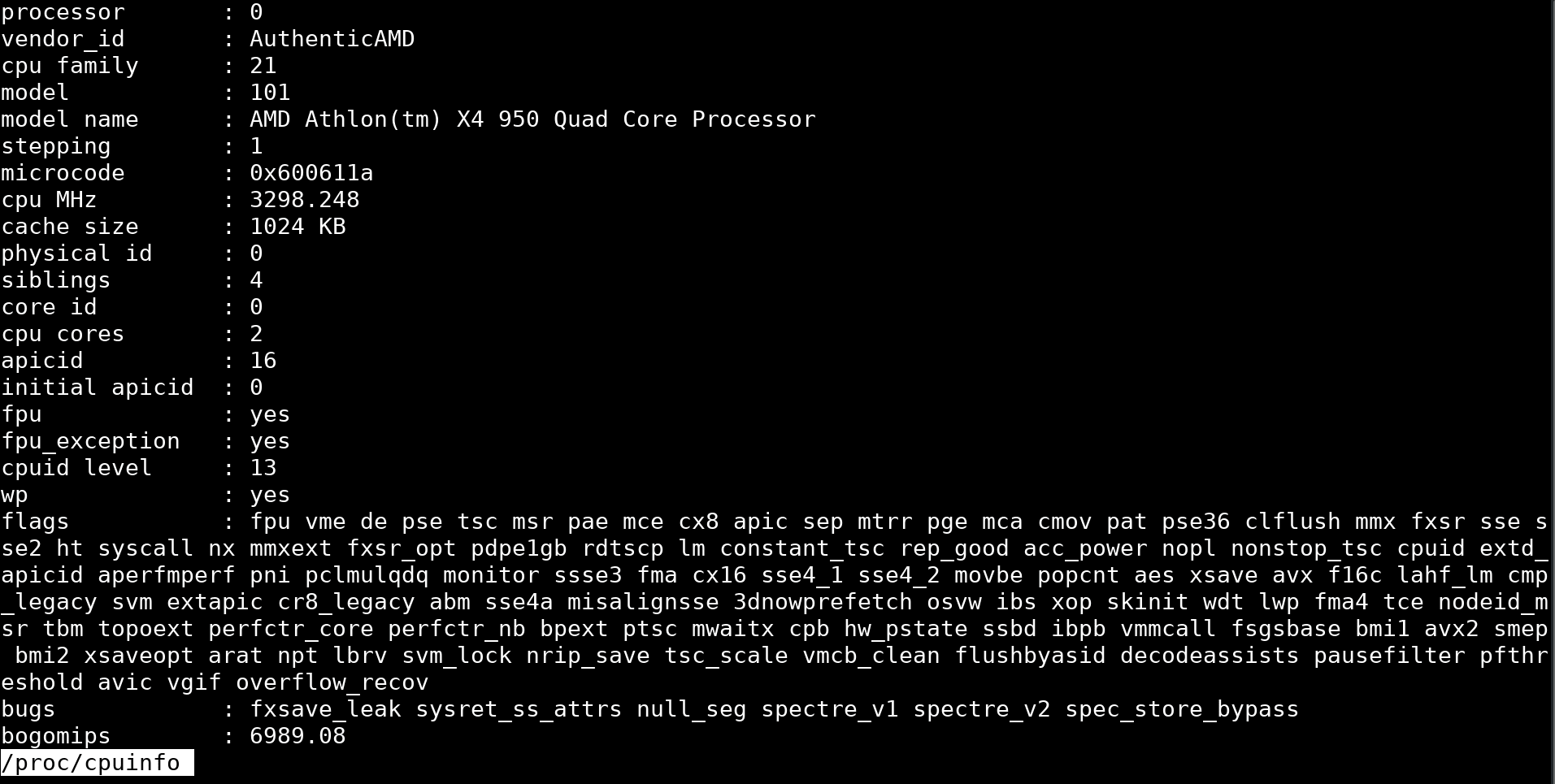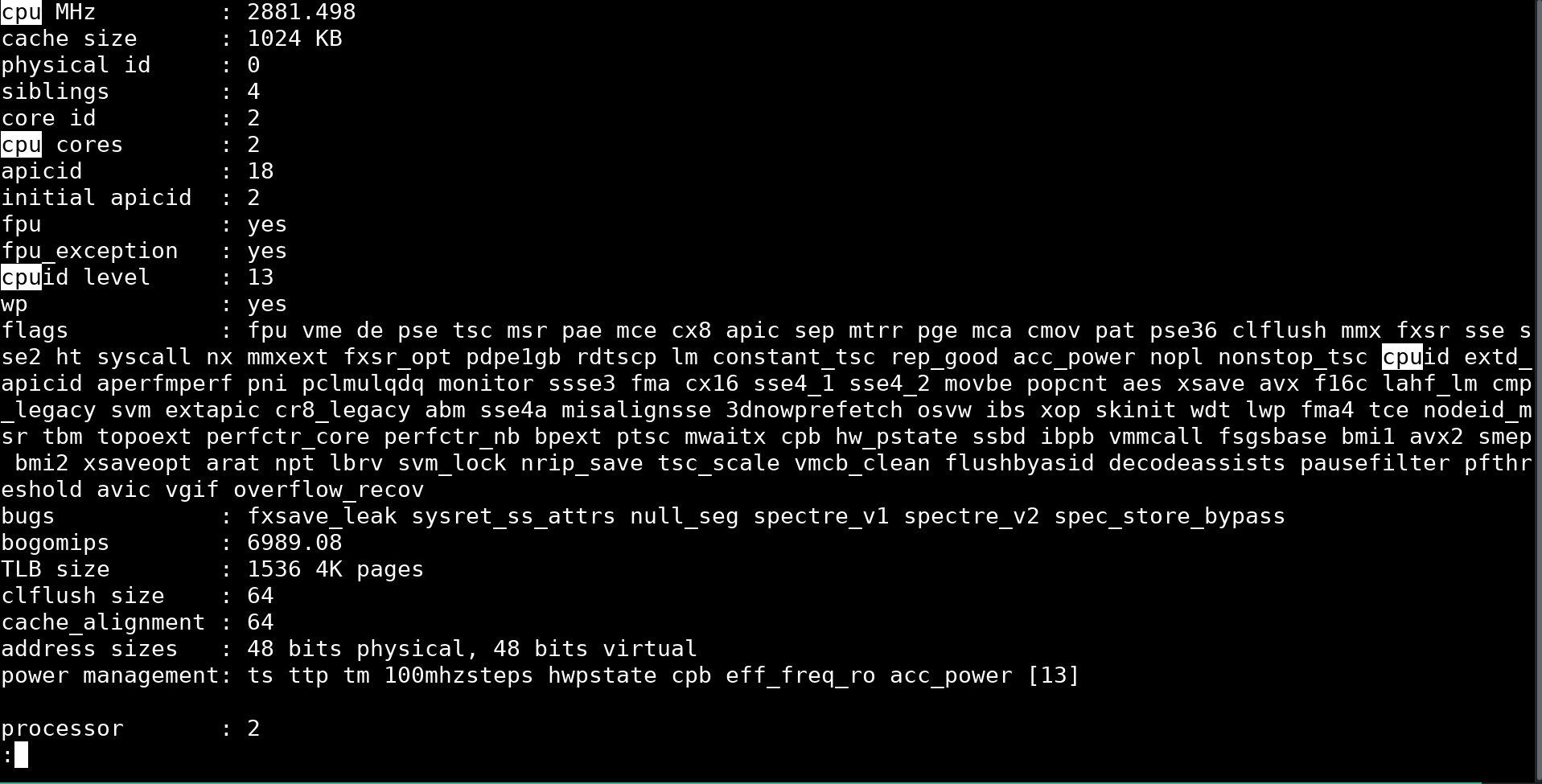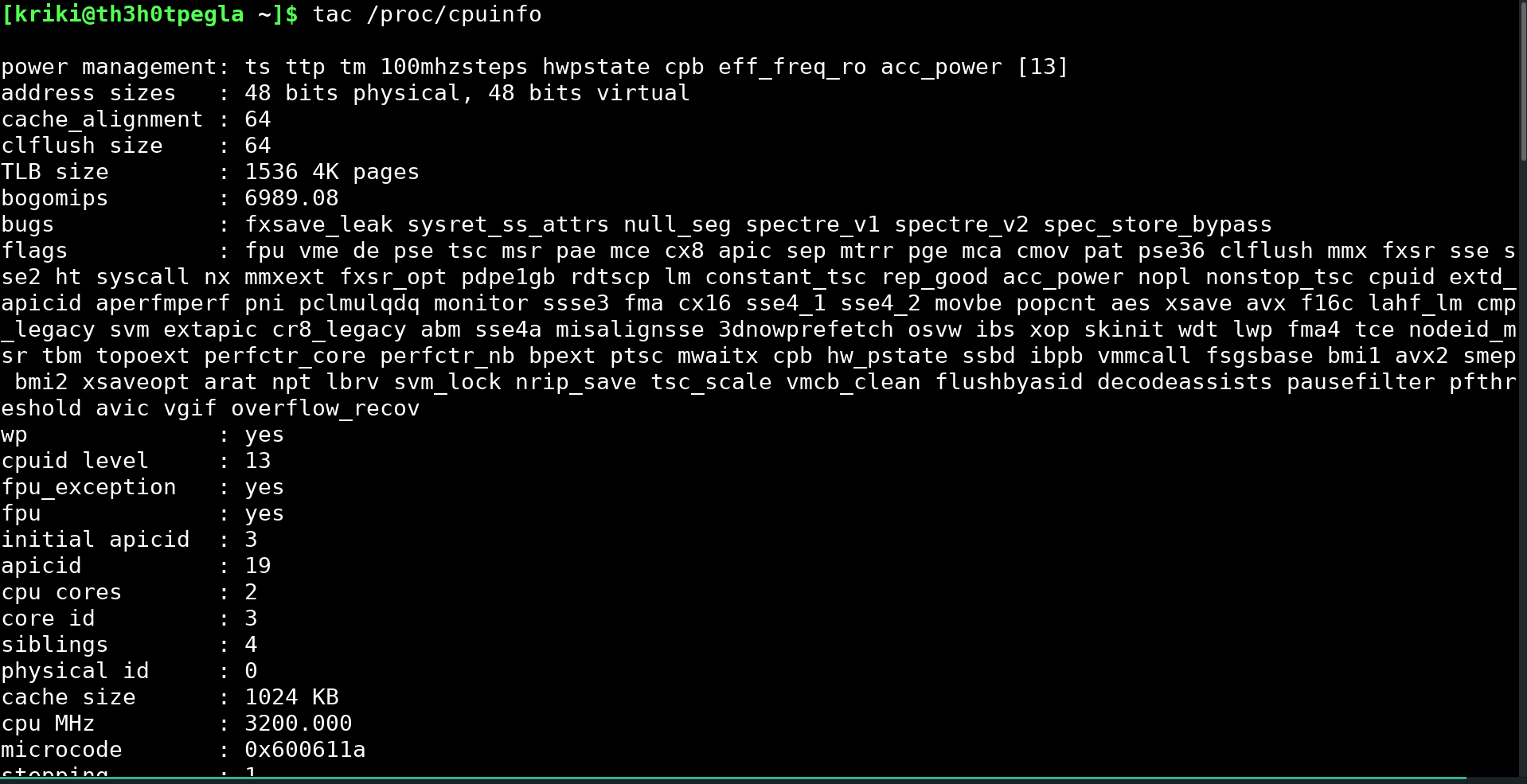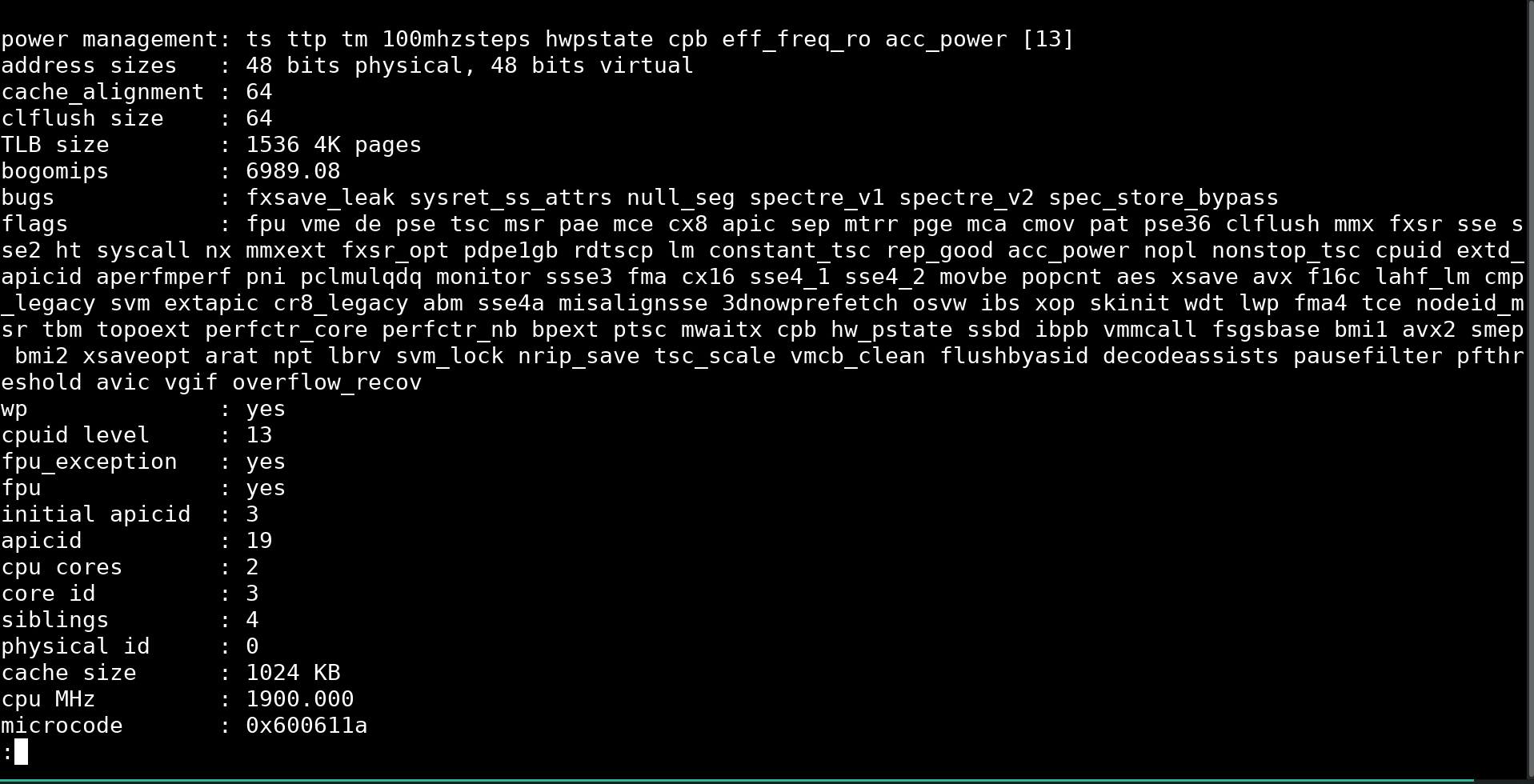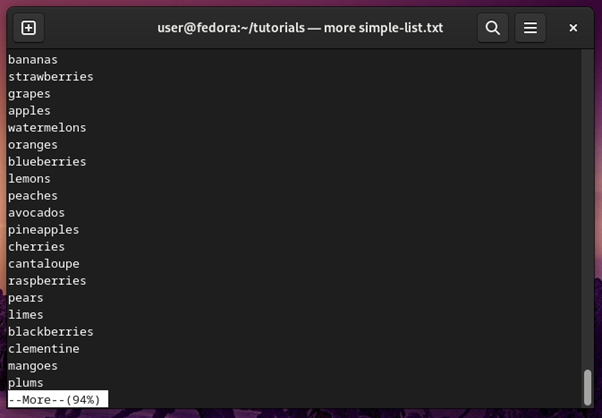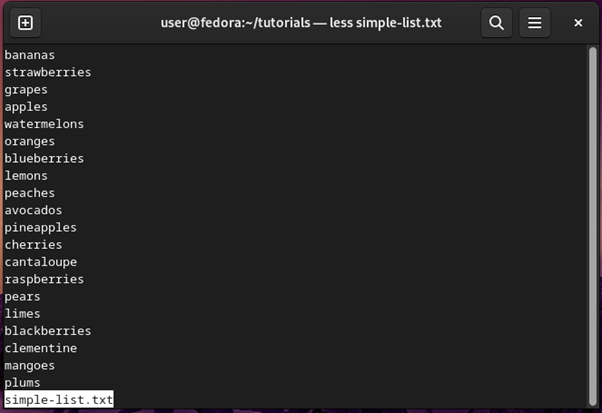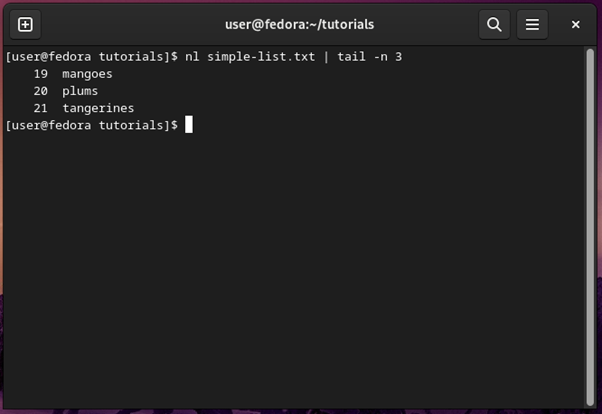How to Display Contents of a File in Linux
Whether you are a regular user or an experienced system administrator, sooner or later, you will need to interact with files in Linux through the command line. For example, you might need to troubleshoot an issue by checking the log files, viewing your system’s details, or even customizing it by editing the configuration files.
Knowing how to display the contents of a file in Linux can make your life easier and save you time from constantly opening text editors. Many built-in functions make viewing files easy, fast, and tailored to your needs.
How to Display Contents of a File in Linux
Cat
The simplest way to view text files in Linux is the cat command. It displays the complete contents in the command line without using inputs to scroll through it.
Here is an example of using the cat command to view the Linux version by displaying the contents of the /proc/version file.
Head
Sometimes the information needed is in the first lines of a file. In that case, use the head command to view the first ten lines of a file in Linux. For example, users can display basic information about the CPU used by viewing the beginning of the /proc/cpuinfo file.
Like the tail command, use the -n flag with the head command to display the desired number of lines, starting from the beginning of a given file. For example, head -5 shows the first five lines of a given file.
Tail
While the cat command is helpful when dealing with a small file, it is not the best way to view large log files. The tail command allows viewing the last ten lines of a file by default instead of filling your terminal window with a wall of text, making it the perfect command to use if you want to check the last log entries.
Here is the output of the tail command.
Flags
A user can select how many lines the command should display by passing the —n flag (where n is an integer). For example, the tail -15 command will output the last 15 lines on a given file.
Another helpful flag used with the tail command is -f. It outputs the last ten lines of a file by default, but it also keeps displaying new entries as the file is updated. This function is beneficial when viewing the latest updates in log files to troubleshoot an issue. If you only want to use this functionality, you can use the tail -f command, and it will only display the entries that appeared in the file after running the command.
More
Another way to view file contents in Linux is the more command. It displays a file in the terminal, one page at a time. While using the more command, the Enter key scrolls through the file line by line, or the Space key scrolls one full screen at a time. Finally, you can close the file by pressing the Q key.
Here is an example of using more to display the contents of the cpuinfo file in Linux.
Less
While more is a handy command, it does come with a drawback. After closing a file, its contents stay written in the terminal window, filling it with text, forcing users to either clear the window or scroll back up to find something. It can also be slow, as it loads the entire file though displaying only one page at a time.
That’s where the less command comes in handy. It’s very similar to more, but with the benefit of not keeping all the text in the terminal window. The less command also comes with a built-in search function, allowing you to highlight the parts of the file for which you are looking. To search with less, press the forward slash key followed by the text you want to search.
The following is what the search function looks like if we search for /cpu in the cpuinfo file.
Tac
Another exciting way to display the contents of a file in Linux is in reverse order. To do so, use the tac command. It is similar to cat but reversed, reading and displaying the file starting from the last line. For example, here is what the output of tac looks like used to display the contents of the cpuinfo file.
For better readability, pipe the tac command into less to scroll through the file. Users accomplish piping using the desired command, the pipe character, and the other command. The syntax is as follows.
Here is an example output from this command.
Grep
While not used for displaying the contents of a file, the grep command is handy for filtering the output of commands. For example, grep works for searching for specific text in a file.
In addition, pipe the output of other commands through grep, narrowing the search to what we are looking for in the file.
Here is an example of piping the output from the head command into the grep command.
Conclusion
While it might seem intimidating at first, learning how to display the contents of a file in Linux will make it significantly easier to navigate through any Linux distribution. These skills save time and make your job easier.
Do you already know how to display the contents of a file in Linux and just need hosting? Liquid Web has managed hosting options to help you get started with your next project. Contact our sales team to make your purchase.
Related Articles:
About the Author: Dwight Kraft
Dwight is a 3rd year IT student that is passionate about computer hardware and pretty much everything electronics-related. In his free time, he builds PCs and plays guitar for fun.
Join our mailing list to receive news, tips, strategies, and inspiration you need to grow your business
6 Ways to View Linux File Content
Invicti Web Application Security Scanner – the only solution that delivers automatic verification of vulnerabilities with Proof-Based Scanning™.
One of the most important ways you can make use of your Linux PC is through files.
Almost every file that you directly work on in the Linux terminal can be manipulated as a text file. This includes configuration files, log files about various services and processes in the system, and script files that come bundled with the Linux Distribution of your choice or which you write yourself.
Knowing how to quickly view the content of these files in the Linux terminal is an invaluable skill that not only saves you time but also helps you learn more about the system. This tutorial will show you how to view these kinds of files in the Linux terminal.
cat
The cat command is a simple and extremely useful command for viewing file contents on Linux.
You can use the cat command to quickly print file content to the standard output in the terminal or alternatively concatenate the output.
The syntax for the cat command is as follows:
For example, if you have a file called simple-list.txt , which contains a list of some items, you can view the contents of this file by using the command
$ cat simple-list.txt bananas strawberries grapes apples watermelons oranges blueberries lemons peaches avocados pineapples cherries cantaloupe raspberries pears limes blackberries clementine mangoes plums You can also list multiple files at the same time to get the output of all files in the terminal at once, as shown below:
$ cat testfile1.txt testfile2.txt these are the contents of testfilel.txt. and this is the end of testfilel.txt these are the contents of testfile2.txt. and this is the end of testfile2.txtnl
If you want to be able to see the line number for each line in a file, the nl command does exactly that. You can use this command in the same way as the cat command, and the only difference is that nl has line numbers enabled by default.
Using the cat command, you can get the same result with the -e option. Here is an example output of the same simple-list.txt file output with nl
$ nl simple-list.txt 1 bananas 2 strawberries 3 grapes 4 apples 5 watermelons 6 oranges 7 blueberries 8 lemons 9 peaches 10 avocados 11 pineapples 12 cherries 13 cantaloupe 14 raspberries 15 pears 16 limes 17 blackberries 18 clementine 19 mangoes 20 plums The line numbers can be changed to be left justified by using the -nln option. There are other options as well you can use with the nl command, listed under man nl
more
So far, you have needed to scroll through the output using your mouse scroll wheel or Shift+Page-up and Shift+Page-down buttons on the keyboard.
However, more command provides a much easier way to view longer files that do not fit completely within the terminal window.
The same simple-list.txt file is shown when viewed through more commands:
Navigation in the viewing window of more commands can be either line by line or page by page. You can use Enter key to navigate by one line at a time or the Space key to navigate by one page at a time.
The B key is used to go back to the previous page. More command also tells you when you reach the end of the file as well, as shown below:
You can quit the viewing window of more commands at any time by pressing q, which returns you to the terminal screen. In this way, more commands can be used to view long config or log files without breaking the flow of the terminal.
less
Less is a more modern take on more command. Back when fewer commands were introduced in the Linux ecosystem, most commands did not support scrolling back up.
In addition to letting users scroll up and down, less command also supports horizontal scrolling, supports better handling for binary files, and can perform a search through text.
Let’s look at our simple-list.txt file through less:
You can use arrow keys on the keyboard to navigate, in addition to the navigation keys for more commands. While you are in the viewing window of less, you can use /word to search through the file contents for word.
This is shown in the screenshot below where the user searches for apple in the file contents:
Less command also supports more advanced features such as being able to view file contents at the first occurrence of a specific word. To do this, the command syntax is as follows:
$ less +/target-word /path-to-fileFor example, to open the apples.txt file at the first occurrence of the word cultivar, the following command would be used:
head
If you just want to quickly view the first ten lines of a file, you can do that through
The head command as shown below:
$ head simple-list.txt bananas strawberries grapes apples watermelons oranges blueberries lemons peaches avocadosBy default, only the first ten lines are shown in the terminal, but you can change the number of lines displayed by using the -n option, as shown below:
$ head -n 5 simple-list.txt bananas strawberries grapes apples watermelonsSimilarly, the -c option can be used to print a specific number of bytes from the file to the terminal.
tail
The tail command works like the head command, with the only major difference being that it shows the last ten lines of the file instead of the first ten lines.
$ tail simple-list.txt cherries cantaloupe raspberries pears limes blackberries clementine mangoes plums tangerines $ tail -n 5 simple-list.txt blackberries clementine mangoes plums tangerinesIn addition, both head and tail commands can be used with other file viewing commands shown in the tutorial to produce better output for users.
For example, the nl command can be used to first show the file with line numbers. Then the result can be piped to less to view the last three lines of the file, as shown below:
$ nl simple-list.txt | tail -n 3 19 mangoes 20 plums 21 tangerines Frequently asked questions about viewing Linux files
You can check the type of a file through the file command, the syntax of which is as follows:
How can I view the contents of a really big log file, for example, an apache or Nginx log file, to find a specific line?
You can combine multiple commands through piping to not only search through big log files but to display the search result in a well-organized output.
For example, using grep with nl and tail , you can find out when was the last few times a specific file was requested on your web server, as shown below:
$ nl /var/log/apache/mywebsite.log | grep target-file.jpg | tail -n 5
The above command will show the last file times target-file.jpg was requested on your web server.
The space key is used to scroll down a full page with more and fewer commands.
To scroll down line-by-line in less, use the Enter key on the keyboard.
To scroll back up a page, use the b key.
How can I search for a specific term or word in the viewing window of more or less command while I am reading?
To search for a specific word in the contents of the file you are currently viewing in more or less, use the syntax /word-to-search.
If I want to open an image or rich text document file through the terminal, what command can I use?
You can use the general command xdg-view , or any variant of it for the specific distribution you have installed, for example, gnome-view or kde-view , to open a rich text or image file.
This will open the file in the default application for the target file type.



